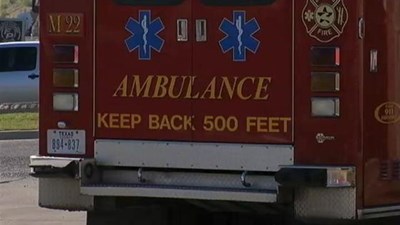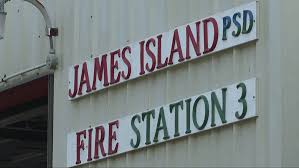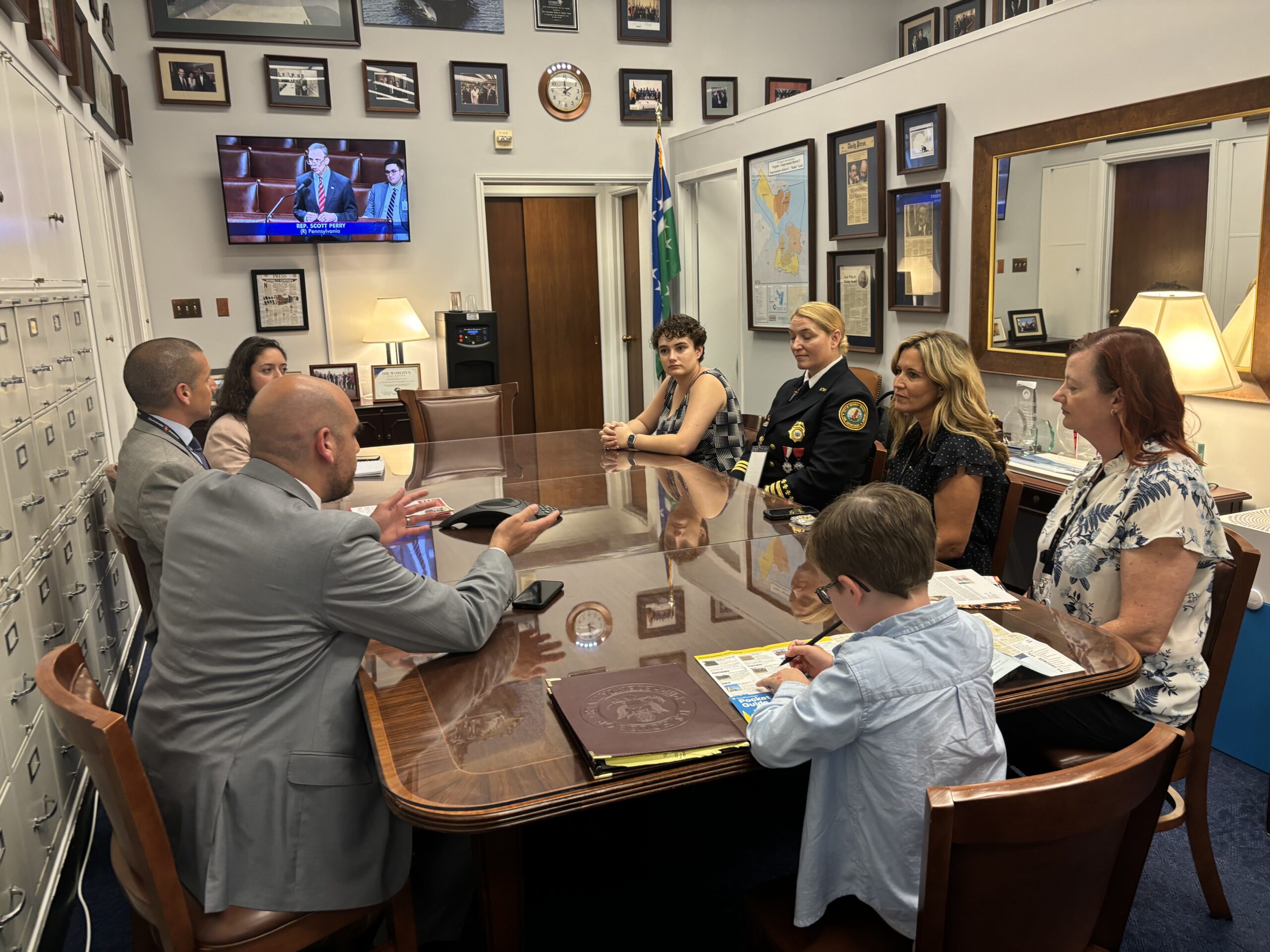An April 11 report in The Washington Post confirms what many IAFF affiliates and local jurisdictions have been experiencing firsthand for some time – that the Federal Emergency Management Agency (FEMA) has failed to secure, prioritize and deliver adequate supplies of N95 masks and other personal protective equipment (PPE) to fire and EMS departments.
Despite daily assurances from FEMA, the supply chain for these desperately needed resources is not reaching fire departments at the local level. The Post’s report describes the chaotic and overlapping efforts to acquire and distribute medical supplies across the country as FEMA is routinely jumping into private transactions, either at the front end by overruling a purchase or seizing it when it’s being transported to whatever hospital or state purchased it.
There is more than $95 billion in disaster relief available to FEMA to fight this pandemic, but instead of sending supplies to hot spots across the country or other municipalities in low or short supply, FEMA is delivering supplies to medical distributors for resale, and those distributors are marking up supplies to unaffordable price levels for jurisdictions.
The U.S. Conference of Mayors recently conducted a survey to measure shortages of COVID-19 emergency equipment. Responses were received from 213 cities across 41 states and Puerto Rico. Results shows that most cities do not have and cannot obtain adequate equipment and supplies needed.
- 91.5% (192) of the cities do not have an adequate supply of facemasks for their first responders (including police, fire and EMTs) and medical personnel.
- 88.2% (186) do not have an adequate supply of personal protective equipment (PPE) other than facemasks to protect these workers.
- 92.1% (186) do not have an adequate supply of test kits.
- 85% (164) do not have an adequate supply of ventilators for use by health facilities in their city or area.
- 62.4% (131) have not received emergency equipment or supplies from their state. Of those receiving help from their State, 84.6% (66) say it is not adequate to meet their needs.
Meanwhile, the COVID-19 pandemic continues to take a toll on our members across the United States and Canada. Thousands have tested positive for the virus, at least three fire fighters have died in the line of duty, nearly 6,000 have been placed under quarantine and another 4,500 have been isolated, with numbers rising each day.
In March, the IAFF was assured that representatives from FEMA and the Health and Human Services Healthcare Resilience Task Force had established that fire and EMS agencies are at the same level of priority for PPE as hospitals and healthcare facilities. Yet by his own admission, the head of the COVID-19 Supply Chain Resilience Task Force, Rear Admiral John Polowczyk, fire and EMS agencies are not at that same level of priority.
In an April 4 White House Coronavirus Task Force Meeting, he said when referring to the distribution supply chain, “We’re geographically aligning the supply chain … down to the county level … and then aligning it by priorities of point of care: public hospitals first, VA hospitals, private hospitals, nursing homes, first responders, acute care” – clearly not the same priority.
Per FEMA’s plan, we advised affiliates to report inventory and PPE burn rates and to coordinate with local emergency management offices and state emergency management agencies on requests for PPE.
On April 10, the IAFF alerted local leaders to FEMA’s failure deliver adequate PPE and urged affiliates to help us hold FEMA accountable by telling their story to local media about the dire need for supplies in your fire department.
The IAFF is available to help tell these stories of locals working without adequate PPE. Contact IAFF Director of Strategic Campaigns and Media Relations Doug Stern at [email protected] for assistance.
Stay updated on COVID-19 resources and guidance for IAFF members at www.iaff.org/coronavirus.



